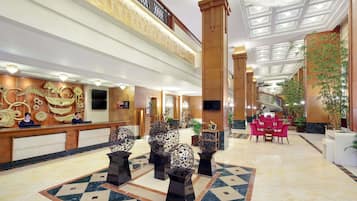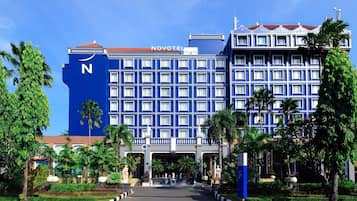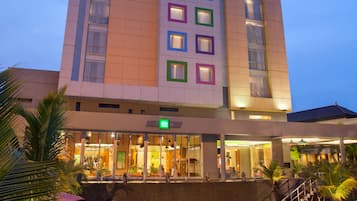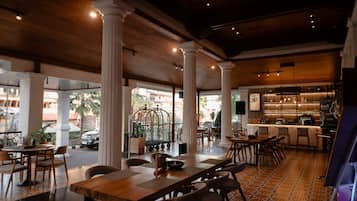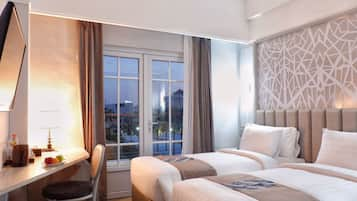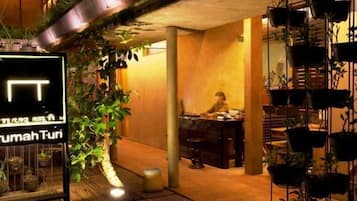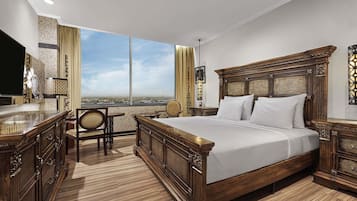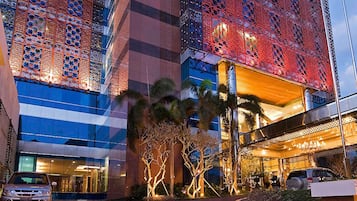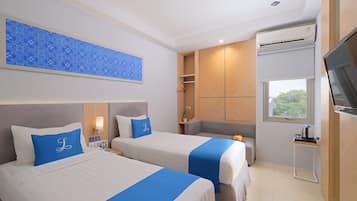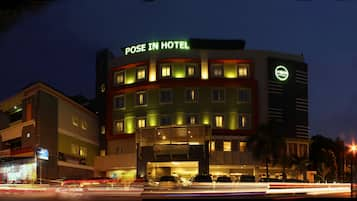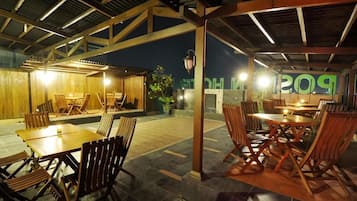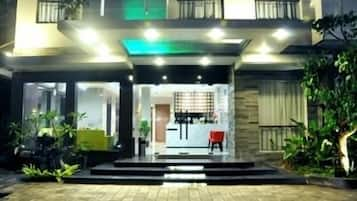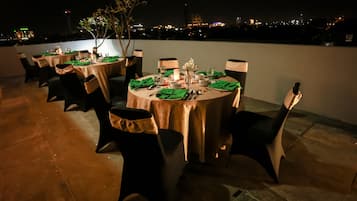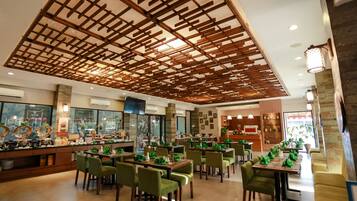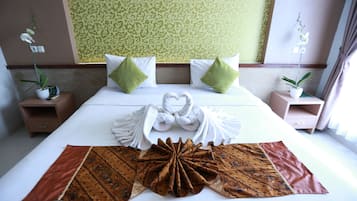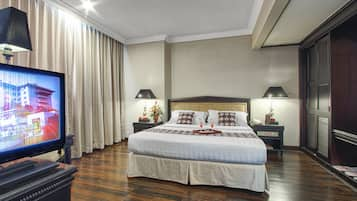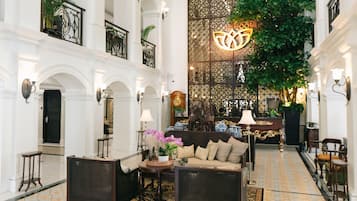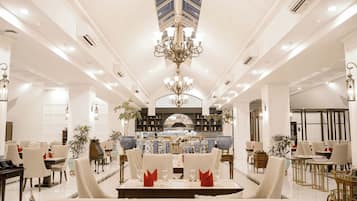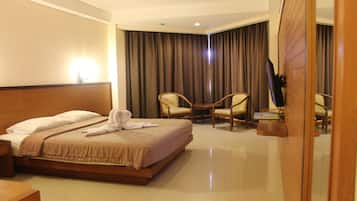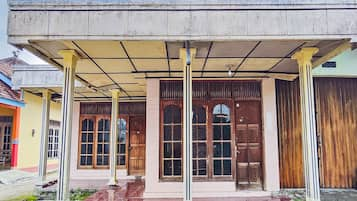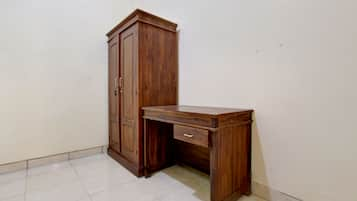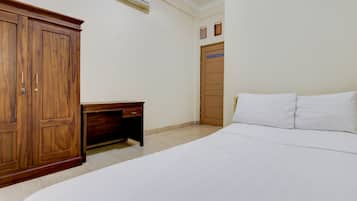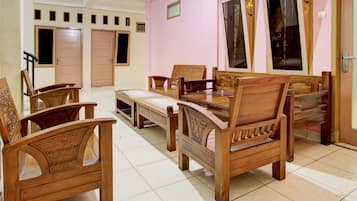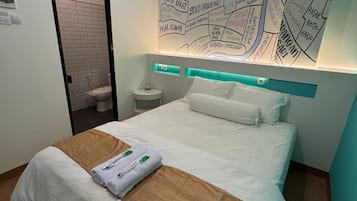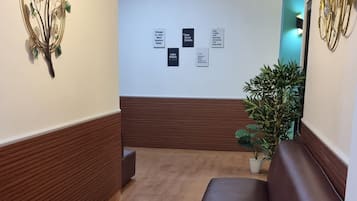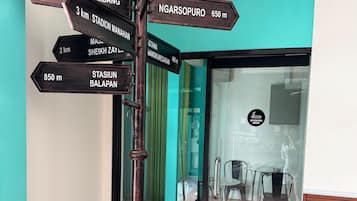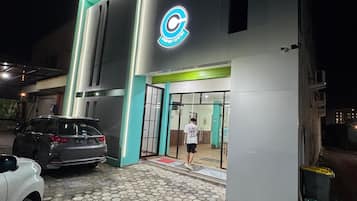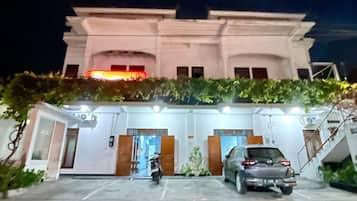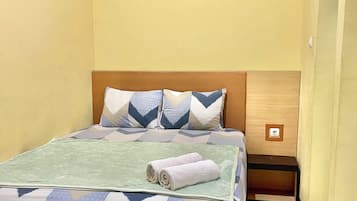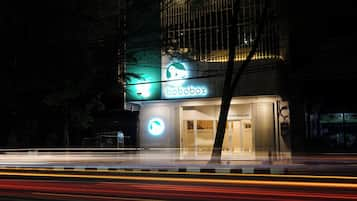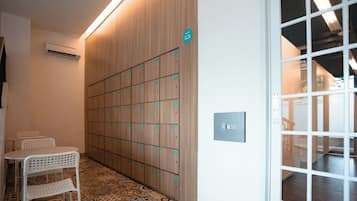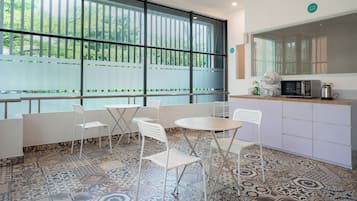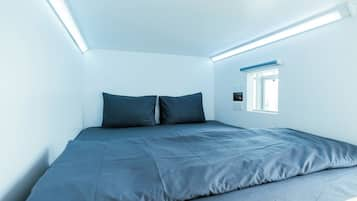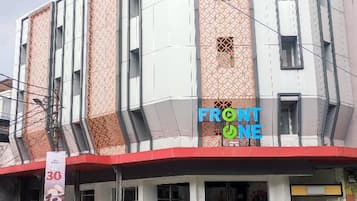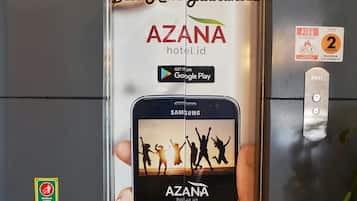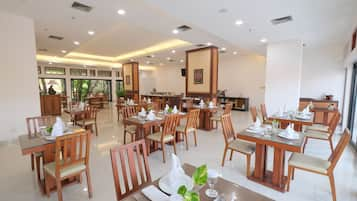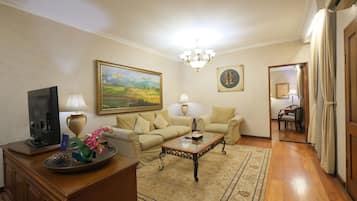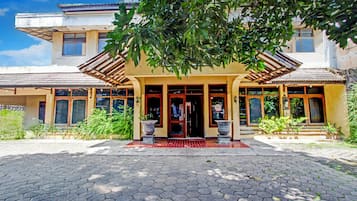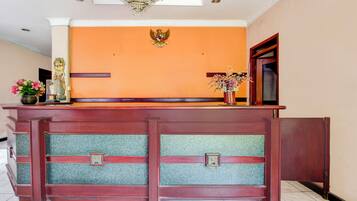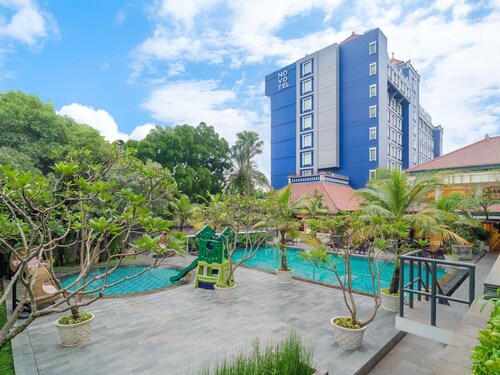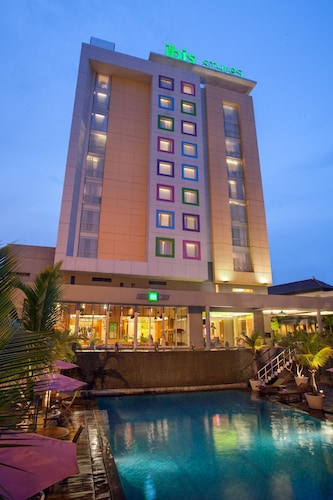Photo by Sharrie Shaw
Solo City Centre hotels in Surakarta
- Change your mindBook hotels with free cancellation
- Be pickySearch almost a million properties worldwide
Check prices for these dates
Our top choices for Solo City Centre hotels
The price is HK$277
HK$335 total
includes taxes & fees
6 Jan - 7 Jan 2026
The price is HK$196
HK$237 total
includes taxes & fees
6 Jan - 7 Jan 2026
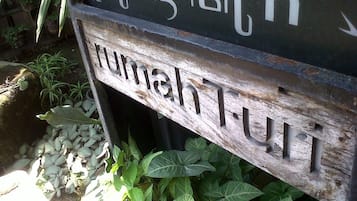
7.8 out of 10, Good, (15)
The price is HK$103
HK$127 total
includes taxes & fees
6 Jan - 7 Jan 2026
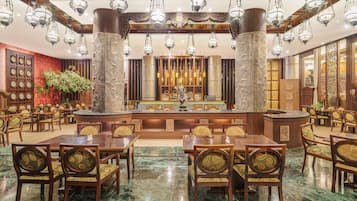
The Royal Surakarta Heritage - Handwritten Collection
The Royal Surakarta Heritage - Handwritten CollectionSolo City Centre
8.2 out of 10, Very good, (166)
The price is HK$245
HK$296 total
includes taxes & fees
28 Dec - 29 Dec
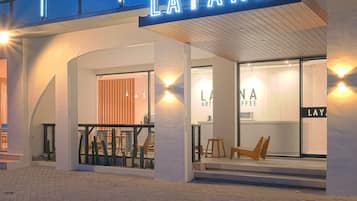
6.8 out of 10, (6)
Lowest nightly price found within the past 24 hours based on a 1 night stay for 2 adults. Prices and availability subject to change. Additional terms may apply.
Where to stay in Solo City Centre
Find the best Solo City Centre areas for the activities you enjoy most. Learn more about Solo City Centre
Learn more about Solo City Centre
Banjarsari
If you're spending some time in Banjarsari, Solo Paragon Lifestyle Mall and Balekambang City Park are top sights worth seeing.
Top Solo City Centre Hotel Reviews
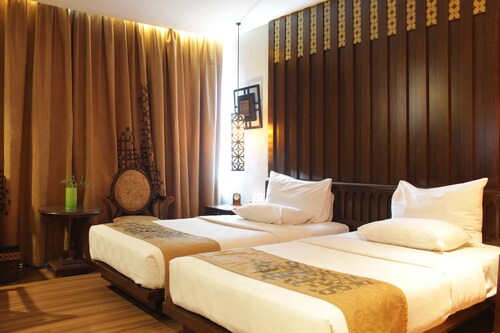
The Royal Surakarta Heritage - Handwritten Collection
6/10 Okay
Frequently asked questions
Explore a world of travel with Expedia
- Hotels near Kraton Surakarta
- Banjarsari Hotels
- Surakarta Hotels
- Hotels near The Heritage Palace
- Tawangmangu Hotels
- Colomadu Hotels
- Kebakkramat Hotels
- Selo Hotels
- Hotels near Solo Paragon Lifestyle Mall
- Spa Hotel Hotels in Solo City Centre
- Hotels near Wisata Bukit Sekipan
- Karanganyar Hotels
- Hotels near Solo Square
- Hotels near Mangkunegaran Palace
- Sragen Hotels
- Wonogiri Hotels
- Spa Hotel Hotels in Baki
- Klaten Hotels
- B&B in Baki
- Visit Klaten
- Sangiran Early Man Site
- Visit Baki
- Surakarta Holidays
- Solo Square
- Pasar Klewer
- Mangkunegaran Palace
- Visit Sragen
- Balekambang City Park
- Visit Boyolali
- Visit Karanganyar
- Visit Solo City Centre
- Marba Building
- Nakamura Klinik
- The Heritage Palace
- Solo Paragon Lifestyle Mall
- Visit Laweyan
- Visit Surakarta
- Baki Holidays
- Sukoharjo Holidays
- Visit Sukoharjo
![At the museum no photos are allowed which is really unfortunate as it was well worth the visit and the guided tour is definitely not to be missed. In the museum there are even Batik made from the Dutch era which depicts stories like Little Red Riding Hood and Snow White!
I enjoyed the tour v much and at the end of the tour we were brought to this room where the artisan were working on hand drawn batik.
Below is an excerpt from Wikipedia for anyone interested in learning more about the process of batik making.
Firstly, a cloth is washed, soaked and beaten with a large mallet. Patterns are drawn with pencil and later redrawn using hot wax, usually made from a mixture of paraffin or bees wax, sometimes mixed with plant resins, which functions as a dye-resist. The wax can be applied with a variety of tools. A pen-like instrument called a canting (IPA: [tʃantiŋ], sometimes spelled with old Dutch orthography tjanting) is the most common. A canting is made from a small copper reservoir with a spout on a wooden handle. The reservoir holds the resist which flows through the spout, creating dots and lines as it moves. For larger patterns, a stiff brush may be used. Alternatively, a copper block stamp called a cap (IPA: [tʃap]; old spelling tjap) is used to cover large areas more efficiently.
After the cloth is dry, the resist is removed by scraping or boiling the cloth. The areas treated with resist keep their original color; when the resist is removed the contrast between the dyed and undyed areas forms the pattern. This process is repeated as many times as the number of colors desired.
The most traditional type of batik, called batik tulis (written batik), is drawn using only the canting. The cloth need to be drawn on both sides and dipped in a dye bath three to four times. The whole process may take up to a year; it yields considerably finer patterns than stamped batik.
Source: Wikipedia](https://images.trvl-media.com/place/6224808/26fd1460-c65a-4c1a-9444-7a893e883ac9.jpg?impolicy=fcrop&w=1200&h=500&q=medium)

